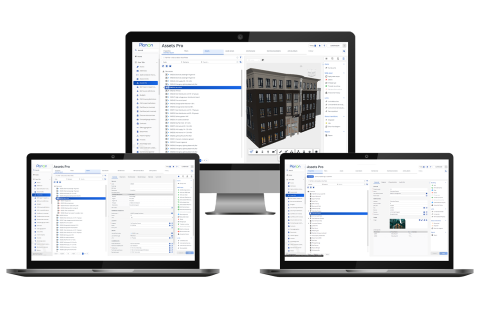
Map assets to buildings or spaces
Register and retrieve data on assets assigned to buildings, spaces or pre-defined asset categories. Asset data based on organizational asset strategy.

Register and retrieve data on assets assigned to buildings, spaces or pre-defined asset categories. Asset data based on organizational asset strategy.
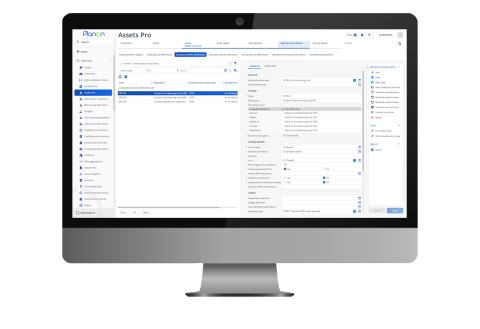
Define a library of activities needed to achieve asset life cycle objectives based on required asset quality, performance, condition, and compliance requirements.
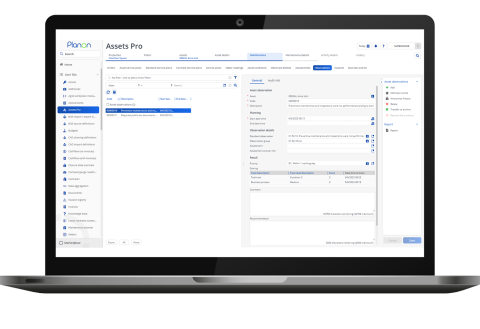
Capture asset and facility observations for accurate condition assessments. Automatically sync data with your back office for a seamless workflow. Use a pre-defined scoring method to align observations with asset life cycle objectives.
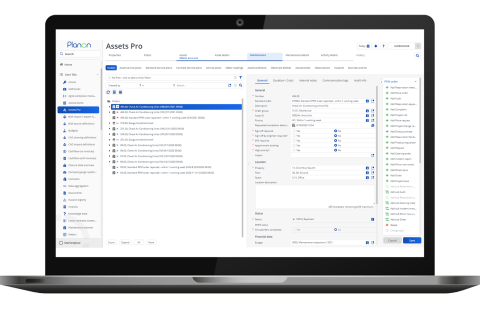
Turn observations and assessments into actions based on your corporate asset strategy. Automatically issue work orders or activities, flag an observation for review, or identify an asset as a potential hazard for monitoring.
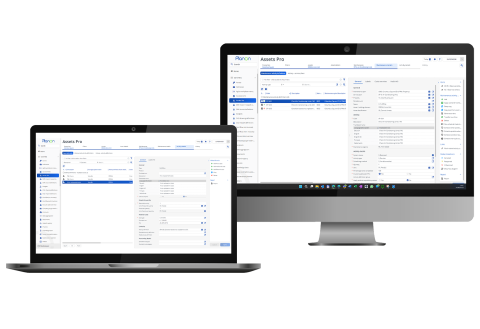
Activities are linked to assets to ensure alignment with your asset life cycle strategy. This ensures assets are continuously maintained with no maintenance data loss or pause in maintenance activities if service conditions change.
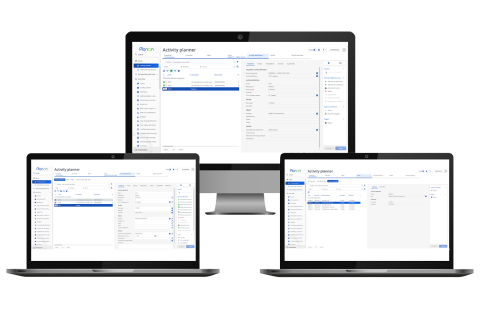
Select the scheduling scenario that best fits the life cycle objectives of assets. Scenarios take into account short-term operational plans and long-term costs to support order generation.
Meet organizational asset performance targets, compliance requirements, and enforce an asset risk-based strategy.
Meet organizational asset performance targets, compliance requirements, and enforce an asset risk-based strategy.
Comply with organizational objectives for value-based decisions on the purchase, operation, maintenance, and replacement of assets.
Comply with organizational objectives for value-based decisions on the purchase, operation, maintenance, and replacement of assets.
Preserve asset value over an extended lifespan by ensuring optimal asset performance and minimal asset downtime.
Preserve asset value over an extended lifespan by ensuring optimal asset performance and minimal asset downtime.
Discover the advantages for Asset Lifecycle Management with Planon

Correct documentation and maintenance of your assets and buildings is important to ensure business continuity and to avoid undesired quality-loss of assets. Answer these six questions to see if you have the basics in place.
Read more
Planon’s Asset & Maintenance Management solution minimizes asset downtime and disruption by managing the entire lifecycle, from start of use, to ongoing management, to removal or sale of asset.
Read more
Enterprise Asset Management or EAM is the entire lifecycle management of the physical assets of an organization such as buildings, installations, infrastructure and real estate assets.
Learn more